Total Solar Eclipse 2019 plans
Total Solar Eclipse, 2 July 2019 - Chile
Solar Eclipse 2019 results
TOTAL ECLIPSE 02 JULY 2019
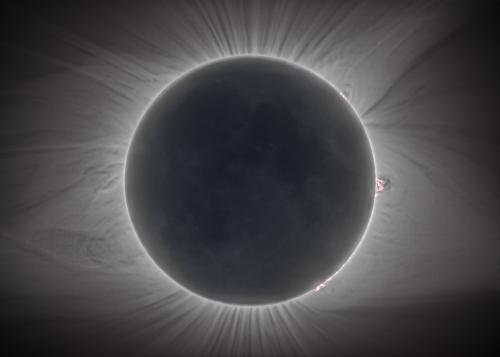
CESAR's inner corona image during Total Solar Eclipse 2017, USA.
|

|
CESAR organizes a SPECIAL EVENT on the 2nd July, 2019, for the TOTAL SOLAR ECLIPSE 2019. Students, teachers and general public are invited to join. Please contact us if you want to participate and/or organize any special connection for future events.
A CESAR Expedition will travel to Chile to cover the event. NOTE that totality happened at 20:42 UTC time, 22:42 in local time Europe CEST.
|
Questions and answers for eclipses can be found here.
CESAR activities during Total Solar Eclipse 2019
Total Solar Eclipses have been used historically to observe and measure separately different solar regions and phenomena that cannot be observed in normal conditions. In order to use eclipses for its educational and research objectives, CESAR project is organizing an expedition to observe from Chile the next Total Solar Eclipse that will happen on July, 2nd, 2019. Thanks to an agreement with ESO, the CESAR team be observing the eclipse from the Observatory of La Silla using the available infrastructure facilities.
The main scientific goals of the expedition for this eclipse are:
-
Polarization measurements of the Corona: The Solar corona is the outer layer of the Sun atmosphere. It is composed by plasma and it extends million of kilometers into the space. Due to its low density the Corona is masked by the Sun Photosphere. Although the Outer Corona is observable with coronagraphs, the Inner Corona can be seen directly only during total eclipses. The polarization of coronal emissions is an excellent tool to diagnose key plasma parameters (e.g., magnetic fields, densities, temperatures, velocities, etc.) to better understand complex coronal phenomena, such as the solar activity, coronal heating and the acceleration of the solar wind.
-
Flash Spectrum of the Chromosphere: The Chromosphere is the layer of the Sun Atmosphere directly above the turbulent surface of the Photosphere. It extents about 5000 km over and the temperature rises from 6000°C to about 20000°C. Due to this temperature variation it is a very dynamic region that presents several features like prominences, spicules, filaments, etc. Its spectrum is dominated by emission lines produced by different chemical elements. Due to its low density, 10000 times lower than the photosphere, the Chromosphere is normally invisible and it can be seen directly only during total eclipses.
-
Earth's Ionosphere Measurements: Measurement with a multi-constellation and multiband GNSS receiver of changes in Earth’s Ionosphere caused by the Moon’s shadow transit over the observation area. Ionisation in this atmosphere region which is associated with the solar radiationUsing global navigation satellite system (GNSS) data taken from multi-band and multi-constellation it is possible to analyze the total electron content (TEC) perturbations with enough time resolution to reveal ionospheric irregularities during the eclipse.
The outreach and educational aspect is another central driver of this expedition, and has been exploited during the past events of solar transits and eclipses. A live hangout will be webcast from 21h to 24h CEST with live connections to the different research groups at La Silla, and explanations from ESAC experts about solar eclipses and ESA solar missions. Several observations will be done for this:
-
Inner corona still images and streaming:
-
Still images will be sent live (around 2 per minute) and posted as soon as processed through ESAC servers.
-
Live streaming: It will be broadcasted via youtube stream service.
-
Wide field corona still images: recording and processing will be offline.
-
The Full partial eclipse will be recorded for off-line movie creation.
-
Different phenomena observable during the eclipse will be also recorded: Baily's beads, Chromosphere prominences, pinhole eclipse projections, etc.
Event agenda
The event consists of:
-
Live public event from the CESAR facilities at ESA-ESAC. The Sun experts from Solar Orbiter, Proba-2 and CESAR staff organizes a broadcast of the event. The format is a Google hangout, similar to the Mercury Transit 2016. and Total Solar Eclipse 2017 USA
-
Special live image transmission from Chile, La Silla Observatory. A team will travel to Chile to retransmit live the astonomical event. We use special cameras, spectrographs and polarimeters for the eclipse, plus a similar set-up in the visible to our daily observations at Helios Observatory. A live stream of the SUN will also be transmitted LIVE.
The full program runs for 3h, from ~15:00 UTC until 18:00 UTC (21:00 -00:00 Europe time), covering from start to end of the partial eclipse.
The most important moment of the eclipse is totality, lasting 1min 52sec, at around 20:40:20 UTC (22:40 european time). At that moment viewers can look at the Sun naked eye, as the Moon fully blocks the Sun. The spectacular corona and chromosphere is then visible without any special equipment. During totality, live connection with the observing team is established. The actual totality time varies by some seconds, depending on the location in the path.
The eclipse path
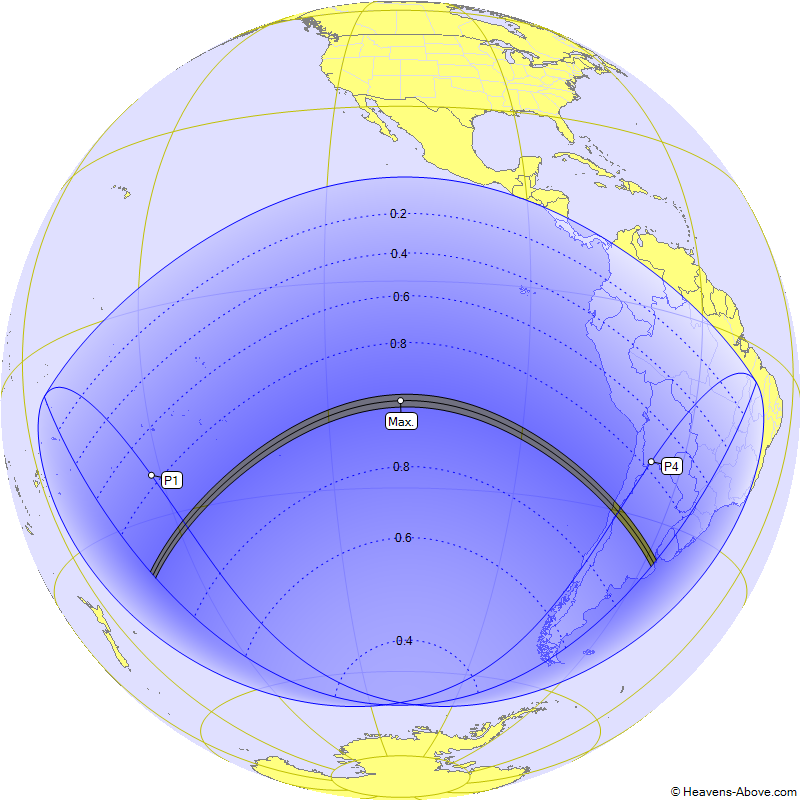 |
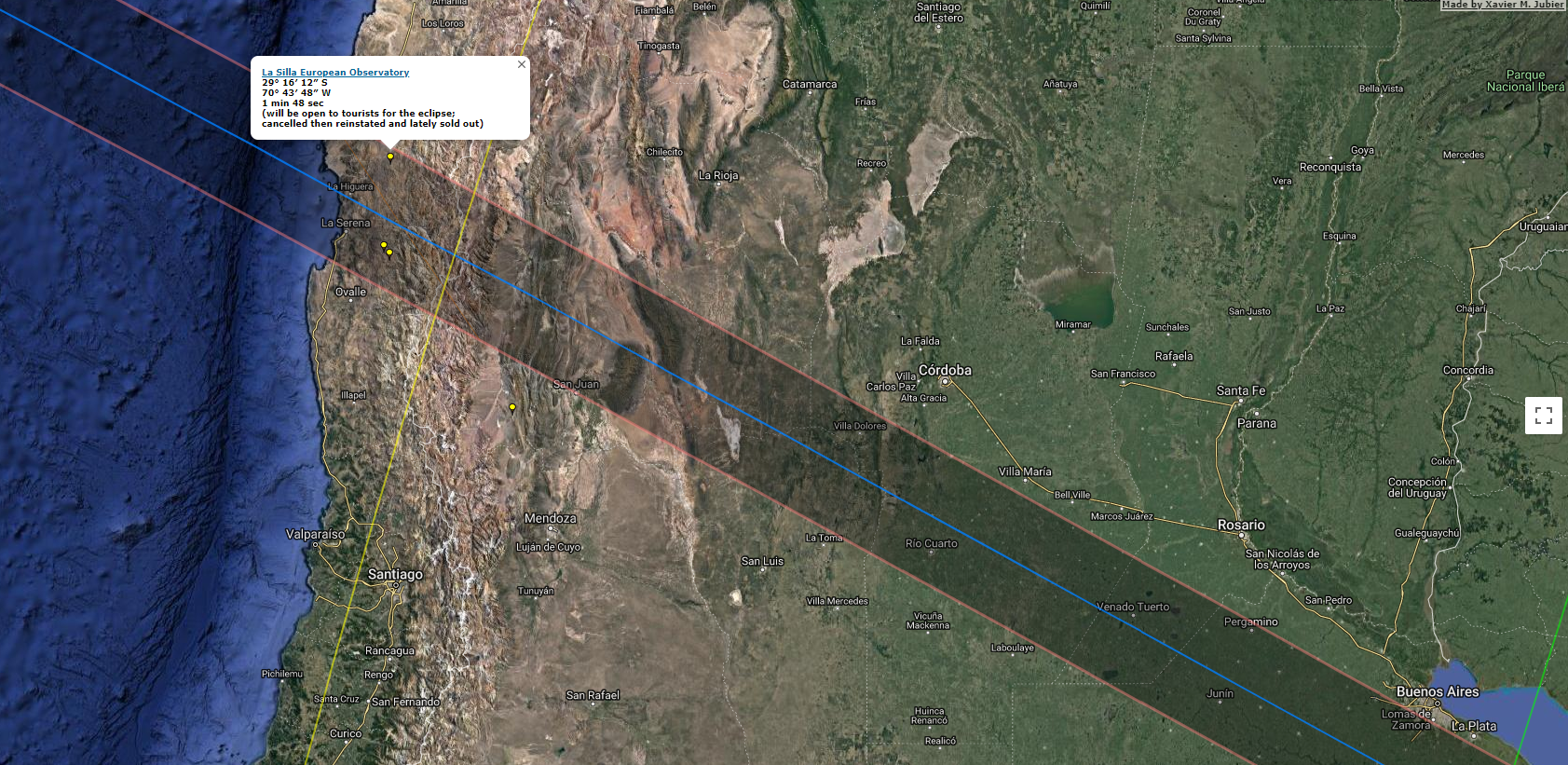 |
|
World path. Courtesy of heavens-above.com
|
USA path. Courtesy of Xavier M. Jubier, please you can access his interactive web page. |
What to see
The Expedition captured several aspects of the eclipse
-
Fully capture the moon transit as image sequences from the start to end of the eclipse (~3h), including the totality (1min 52sec)
-
Totality: Baily beads (moon's valleys)
-
Totality: Diamond ring
-
Totality: Inner and outer corona images and video
-
Totality: Chromosphere (red)
-
Totality: Emission spectra of chromosphere and corona elements (H, Fe, Mg..)
-
Totality: polarization of corona
-
First person experience.
Expected products to be made public
Please have a look at the products from 2017, USA eclipse. SOLAR ECLIPSE 2017 RESULTS.
Images will be transmitted live when possible (thanks to our ESO colleagues, we have secured bandwidth ~6Mbps). Live connection with the Expedition team will be established. The expected products are shown below, (CESAR images taken from previous solar eclipses). The actual deliveries were put together in this page. These might be different by various factors, due to the nature of an eclipse: weather, local network speed, unexpected surprises, equipment hiccups... NOTE: the actual images during the expedition will be located in another web page (to be created after the eclipse).
A CESAR Science Case will be created with the products of TSE2017 and TSE 2019.
Equipment
To achieve the goals above, the CESAR team transports this equipment:
-
12 cameras to cover the event (8 DSLR, 3 go-pro, 1 webcam)
-
2 telescopes
-
4 tracking mounts
-
a couple of tripods
-
1 diffraction network
-
one polarizer
-
one pin-hole proyection
|
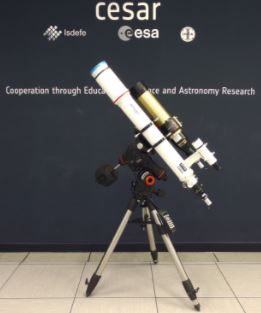 |
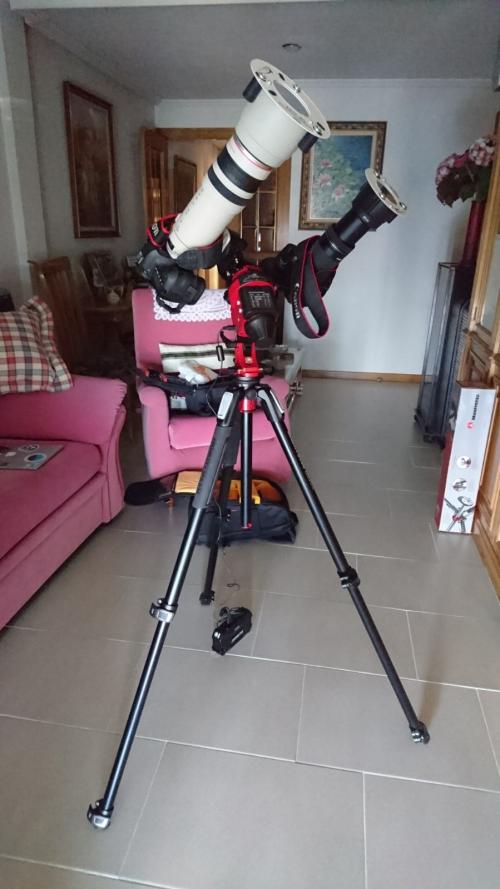 |
|
|
Telescopes halpha-visible on CGEM mount |
2 cameras (500mm, 400mm) on mount star adventurer |
The CESAR expedition: viewing locations in Chile
ESO (European Southern Observatory) agrred that a CESAR team will be allowed in the observatory of La Silla.
-
La Silla, Coquimbo, Chile. 1 min 58 sec totality. At an altitude of 2400 meters, it reduces the atmospheric path for better image quality.
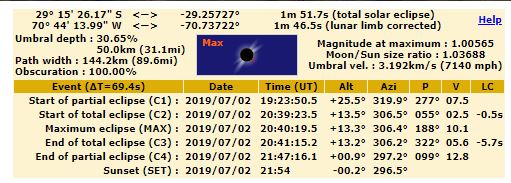
CESAR expedition: top-level schedules leading to the eclipse day
-
Until 27 June: equipment preparation at ESAC/ESTEC, testing, and packaging for transport
-
27 June: weather check, t-1week, for a rough selection/check of the observation areas
-
28 June: full team in Chile
-
29 June evening. Weather check, t-3days, and decision on observation site (La Silla or other)
-
30 June: driving to observation site. Local spot selection. At night first telescopes alignment
-
01 July: full rehearsal. Weather check, t-1day, final decision on location spot. At night, alignment telecopes.
-
02 July evening: eclipse and hangout live in Spain
SOLAR ECLIPSE 2019 team
-
CESAR expedition @ USA: Miguel Perez Ayucar-ESAC, Manuel Castillo-ESAC, Joe Zender-ESTEC, Wouter van Reeven-ESAC, Dario Perez-external
-
CESAR team @ ESAC: Michel Breitfelner-ESAC, David Cabezas-ESAC, Donald Merritt-ESAC
-
Communications: Emily Baldwin-ESTEC, Clauida Mignone-ESTEC, Markus Bauer-ESTEC, Emmet Fletcher-ESAC, Lars-Linderg - ESO
-
CESAR overall management Javier Ventura-Traveset-ESAC
Mobile app for the eclipse
The Sun Now
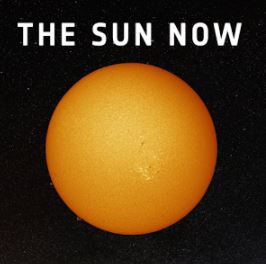
Past educational events by CESAR team
Lunar eclipse 21 Jan 2019 - from ESAC
Lunar eclipse 27 Jul 2018 - from ESAC
Venus Transit 2012 - Svalbard - Australia
Total Solar Eclipse, 2 July 2019 - Chile
Solar Eclipse 2019 results